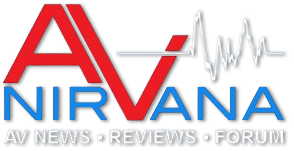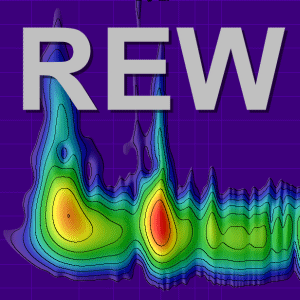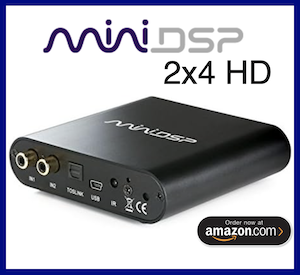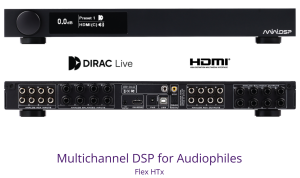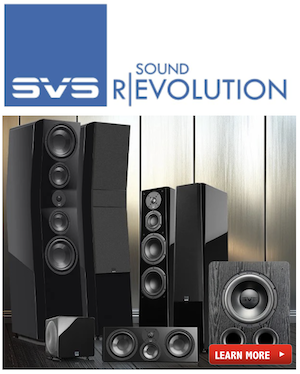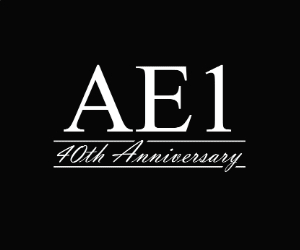wyliec2
Member
Thread Starter
- Joined
- Jul 21, 2024
- Posts
- 10
More
- Preamp, Processor or Receiver
- AV10, AV7705
- Main Amp
- Gemstone
- Additional Amp
- Emotiva
- Other Amp
- Buttkicker
- Front Speakers
- Dali
- Front Wide Speakers
- Dali
- Center Channel Speaker
- Dali
- Surround Speakers
- Dali
QUESTION: Are some of the REW measurements dependent upon REW being the audio source??
ASSUMPTION – basic frequency response can be measured from any source using an audio timing reference. I’m using 16 files that I play from my media server that correspond to the 9 base channels + 6 standard Atmos locations + LFE (Marantz AV10 9.3.6). The tracks correspond discretely to the 15 speakers. The LFE track obviously plays on all 3 subwoofers and the plotted result is the combined response.
I am trying to compare Dirac DLBC to ART – from a pure frequency response standpoint, both provide a fairly smooth bass response, however, ART drops significantly at 23 Hz while DLBC delivers a reasonable curve down to 12 Hz (image below). [For clarity – not asking for opinions on DLBC vs ART, just how to use REW tools to compare the two on my system]
Given that other measurements (Impulse, RT60, Waterfall, Spectrum) are relevant to the final audio quality, I’m wondering if these others measures have dependencies on REW being the audio source.
I’ve been using REW for some time, primarily for frequency response. While I’m somewhat familiar with the purpose and interpretation of these other measures, I don’t know if my measurement methodology is producing valid results. When I run a measurement from my 16 files, I specify ‘from file’ and load a file that was included with the 16 sweep tracks.
Before I give up the 12 Hz – 23 Hz frequency range (should I go with ART), I’d like to see some empirical evidence. There are a lot of subjective opinions that ART is more ‘coherent’ or ‘impactful’.
Sorry for the wordy post – I wanted to provide context for my question – do I need to use REW to AV10 via HDMI and configure my laptop for 7.1 audio for valid Impulse, RT60, Waterfall, Spectrum, etc measurements?
TIA for any feedback!!

ASSUMPTION – basic frequency response can be measured from any source using an audio timing reference. I’m using 16 files that I play from my media server that correspond to the 9 base channels + 6 standard Atmos locations + LFE (Marantz AV10 9.3.6). The tracks correspond discretely to the 15 speakers. The LFE track obviously plays on all 3 subwoofers and the plotted result is the combined response.
I am trying to compare Dirac DLBC to ART – from a pure frequency response standpoint, both provide a fairly smooth bass response, however, ART drops significantly at 23 Hz while DLBC delivers a reasonable curve down to 12 Hz (image below). [For clarity – not asking for opinions on DLBC vs ART, just how to use REW tools to compare the two on my system]
Given that other measurements (Impulse, RT60, Waterfall, Spectrum) are relevant to the final audio quality, I’m wondering if these others measures have dependencies on REW being the audio source.
I’ve been using REW for some time, primarily for frequency response. While I’m somewhat familiar with the purpose and interpretation of these other measures, I don’t know if my measurement methodology is producing valid results. When I run a measurement from my 16 files, I specify ‘from file’ and load a file that was included with the 16 sweep tracks.
Before I give up the 12 Hz – 23 Hz frequency range (should I go with ART), I’d like to see some empirical evidence. There are a lot of subjective opinions that ART is more ‘coherent’ or ‘impactful’.
Sorry for the wordy post – I wanted to provide context for my question – do I need to use REW to AV10 via HDMI and configure my laptop for 7.1 audio for valid Impulse, RT60, Waterfall, Spectrum, etc measurements?
TIA for any feedback!!
